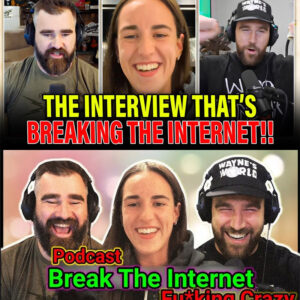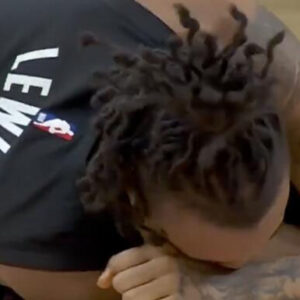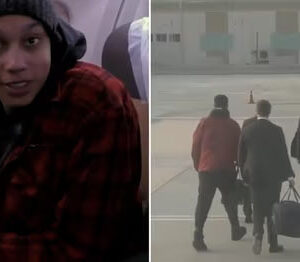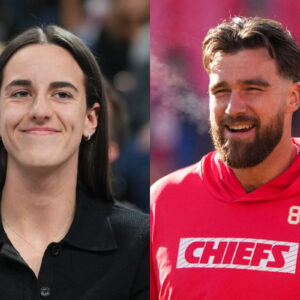The WNBA changed its media policy this week to limit the amount of times star players must meet with reporters. All players were previously obligated to chat with journalists after the morning shootaround sessions that occur many hours before game time. But teams can now exempt two squad members from those responsibilities.
For example, the Chicago Sky have informed reporters this week that rookie Angel Reese and Kamilla Cardoso will no longer be made available after shootaround, which is typically the best time for in-depth interviews to take place.
This comes after weeks of Sky players feeling overwhelmed by what they viewed to be pestering from reporters about hot-button issues such as Chennedy Carter’s flagrant 1 foul on Caitlin Clark on June 1. “It happened … it’s over with, I don’t know why we’re dragging it,” Carter said at a June 3 press conference after being asked about the situation repeatedly several days after the fact and hearing about it nonstop on TV talk shows.
But Mirror Sports U.S. has been told by a WNBA official that “pregame and postgame media availability stays the same” under the new policy. In other words, Reese and Cardoso are still required by the league to talk with reporters on or near the court about an hour and a half before tip-off, usually in group situations rather than one-on-ones. Additionally, they must show up at postgame press conferences if requested.
It remains uncertain, however, whether WNBA organizations will follow the pregame directive. This season, Mirror Sports U.S. reporters have observed inconsistent implementation of the pregame media accessibility guidelines stipulated in the WNBA collective bargaining agreement. From Los Angeles to New York, players who PR representatives told reporters would be available on the court before a game sometimes didn’t appear.
Other times, players, including Reese, Clark, Cameron Brink and Dearica Hamby have shown up and patiently answered pregame questions, even when they had heard the same ones dozens of times. Now, without shootaround access to exempt players, a pregame window that has been difficult to rely on will become essential for reporters hoping to speak with them outside a press conference setting.
Caitlin Clark said this year that she felt she’s spoken with the media more than her own family.© Getty Images
On pregame availability, the WNBA media policy handbook states: “Players are required to be available for interviews with in-person media on or in the vicinity of the court during the 90-to-60-minute window prior to the announced start time of the game (EX: 6:30-7:00 p.m. for an 8:00 p.m. game). Each player must be available to media for a minimum of 15 minutes at a predetermined time within the 30-minute window.
“Teams will be responsible for designating – in their weekly media schedule issued each Monday and in each edition of their Game Notes – the 15 minutes within the window that each player will be available. If requested for an interview during their designated 15-minute period, players must make themselves available.”
Tension between WNBA teams and reporters brewed before 2024, but amid an explosion in the sport’s popularity, mutual frustration has seemingly hit new levels in recent months. An Indy Star columnist made Clark uncomfortable at one of her first press conferences, while the Chicago Tribune Editorial Board suggested that Carter assaulted Clark in an inflammatory write-up. Star players, then, feel they have good reason to be wary of sports journalists, especially ones they haven’t met before.
Reese recently told the Chicago Sun-Times, which has covered the Sky for many years, that she’s lost trust in media members to keep her words in context. ‘‘I know how y’all like to twist my words, so I’m just keeping it short and sweet,’’ she explained to one of the publication’s columnists.
On the other hand, some women’s basketball beat reporters nationwide hold concerns about the impact of blanket media policies on their ability to provide readers with meaningful content beyond the box score. They feel punished for the actions of others.
With the 2024 WNBA season not halfway over, the relationship between teams and media members could become even more taut. For now, media policy constraints have, at least in theory, been limited to shootaround. There is about a month until the All-Star break to determine the effects of that adjustment.
Relative Articles
None found






